These Lawyers Were Midtrial When a Gunman Shot Up the Dallas Courthouse. What Happened Next Was Unexpected
“We're not going to let this stop what we all need to do. I don't know that was ever spoken, but the feeling was, 'We have a job to do, and we are going to do it. We're not going to let what happened interfere,'" attorney Mark Strachan said.
June 25, 2019 at 07:02 PM
8 minute read
The original version of this story was published on Texas Lawyer
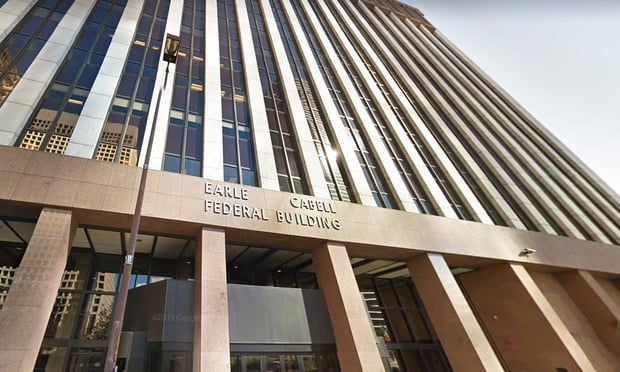 Earle Cabell Federal Building, 1100 Commerce St. in Dallas. Photo: Google
Earle Cabell Federal Building, 1100 Commerce St. in Dallas. Photo: Google
It was the last leg of a weeks-long jury trial, and the lead attorneys in the case were headed to Dallas' federal building for a jury charge conference, when frightened callers stopped them in their tracks.
They learned that early that morning June 17, a masked man wearing tactical gear had shot up the Earle Cabell Federal Building, which houses the U.S. District Court for the Northern District of Texas, and where their patent infringement case, CommScope Connectivity v. Dali Wireless, was being heard. No officers or people where shot, thanks to the fast response of the Federal Protective Service, which returned fire and killed the shooter.
But what followed was another point of grace. Instead of allowing the unfolding chaos to derail the jury trial, Chief Judge Barbara Lynn and her staff took swift action. They quickly moved the jury charge conference to Lynn's home, and secured a mock courtroom in a Dallas law school for closing arguments.
Saving the trial was utterly important since, for two weeks, lawyers had been laying out their arguments and evidence to the jury. The only thing left was closing arguments, then the jury could deliberate on its verdict. Jurors were counting on the court sticking to its trial schedule so they could finish their service and go on with their lives. Also, attorneys had traveled from Minneapolis and Seattle, so a delay in the trial would be burdensome.
“If I could avoid an unscheduled break in the trial without jeopardizing justice, and in fact accomplishing justice, then I would do that,” Lynn said.
Banding Together
Phil Caspers, lead counsel for plaintiff CommScope Connectivity, and Dali Wireless Inc.'s co-lead counsel Mark Strachan and Cris Leffler, all said they were very relieved and thankful to learn later that day that no one was hurt.
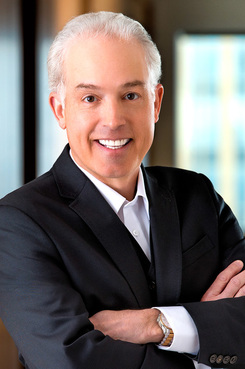 Philip P. Caspers, founding partner of Carlson Caspers Vandenburgh & Lindquist.
Philip P. Caspers, founding partner of Carlson Caspers Vandenburgh & Lindquist.“I know my team and their families, they all have little ones at home, and it kind of makes you miss home a little more,” said Caspers, a founding partner of Carlson Caspers Vandenburgh Lindquist & Schuman in Minneapolis. “Everybody called home to their loved ones and told them, 'All is good.'”
The next concern was how the incident would impact the trial.
Some may think attorneys in this situation would feel extreme anxiety, but in hindsight, all three lawyers expressed gratitude for how Lynn handled the situation.
“It was quite jarring. The news there was a shooting at the building of the courthouse the day before closing arguments was not ideal,” said Leffler, partner in Dorsey & Whitney in Seattle. “But credit to Judge Lynn for figuring out a way to push it through.”
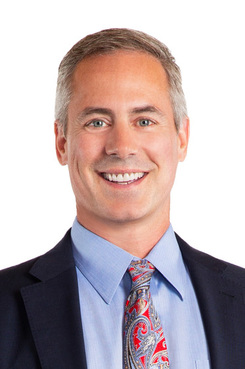 Cris Leffler, partner in Dorsey & Whitney in Seattle.
Cris Leffler, partner in Dorsey & Whitney in Seattle.Because law enforcement closed the federal building to process the active crime scene, it was impossible to hold the jury charge conference there. In an extremely rare move, Lynn invited the parties and their counsel to her home for the conference that afternoon. It was only delayed slightly, as Lynn had to make special arrangements to get her court reporter, Debbie Kriegshauser, and law clerk, Al Suarez, to her home from the federal building, which was still on lockdown.
Caspers, Leffler and Strachan all said that never in their careers has a judge invited them to her home for a hearing. The informal setting, compared to the cavernous and sometimes intimidating space of a federal courtroom, created a cozy meeting to discuss the jury charge.
Caspers said it was a friendly environment. His twin sons, who are 23, had traveled to Dallas as a surprise for Father's Day to watch their dad in the trial. He was relieved they weren't already at the courthouse at the time of the shooting, and thankful that Lynn allowed the twins to come to the conference at her home.
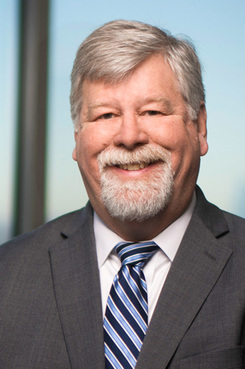 Mark D. Strachan counsel with Bradley Arant Boult Cummings in Dallas.
Mark D. Strachan counsel with Bradley Arant Boult Cummings in Dallas.“You won't see something like that again in your lifetime,” he said. “It was a new level of cooperation that took place.”
Strachan, counsel with Bradley Arant Boult Cummings in Dallas, noted that once the conference started, the environment blended into the background.
“We're not going to let this stop what we all need to do. I don't know that was ever spoken, but the feeling was, 'We have a job to do, and we are going to do it. We're not going to let what happened interfere,'” Strachan said. “It was refreshing to have a judge who is committed to, 'We're not going to stop the judicial process.'”
But the conference wasn't the end of the logistical nightmare.
Shortly after the shooting occurred, Lynn realized that law enforcement would keep the federal building closed to process the crime scene the next day, June 18. That meant closing arguments needed a new venue.
Getting the Robe
Lynn turned to her alma mater, Southern Methodist University Dedman School of Law, for help. For years, she has volunteered to assist one of the law school's patent law courses by presiding over hearings in Southern Methodist's mock courtroom. Because school is out for the summer, the space was open for Lynn to use.
“I had to think through with my law clerk all the things that we would need, and how we would arrange that,” Lynn said. The jury would need snacks, water and the legal pads they used to take notes during the trial. The attorneys would need their exhibits and evidence. Lynn's court reporter needed her stenotype machine. Since the federal building was still on lockdown, Lynn needed special permission for her staff to enter and retrieve everything.
But late that afternoon, Lynn's law clerk told her they had forgotten one very important item.
“He said, 'Your robe,'” she recalled. “He got in there to get my robe out.”
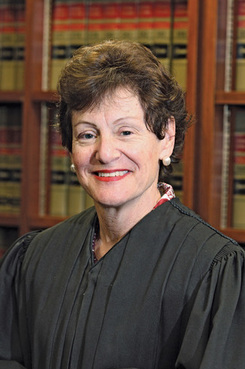 U.S. District Judge Barbara Lynn
U.S. District Judge Barbara LynnOnce closing arguments started, Lynn recalled she forgot another major thing. In her very frigid courtroom, she keeps warm with a blanket and also offers them to jurors. The mock courtroom was also freezing.
“I didn't have my blanket,” Lynn said. “It was very funny, because at the end of the trial, I had a questionnaire for the jurors about how we could make the experience better. Some of them said, 'I really missed my blanket.'”
One thing that struck Caspers, Leffler and Strachan about delivering closing arguments in the mock courtroom was how much smaller the space is than Lynn's courtroom.
“SMU was absolutely wonderful and gracious in allowing it and supporting us and providing everything we needed,” Strachan said. “I kept looking around for Atticus Finch, because it had that feel: An old courtroom.”
Leffler said that Lynn's courtroom is so large that attorneys never get close to the jury. In the mock courtroom, they were only three feet apart.
“It was the first time I felt up close and really connected with them,” he said. “That was the most jarring part of it. After more than two weeks of trial, to actually be so close and personal with the jury was a little bit jarring, but also a really good way to close out the case—for both parties to actually make eye contact with the jury.”
The jury began deliberations in a room that Southern Methodist provided for them. The next day, June 19, the federal building reopened to the public, allowing jurors to complete their deliberations.
When the verdict came in, the jurors found that Dali Wireless had infringed on CommScore's patents for telecommunications wireless networks and awarded $1.98 million. But in a counterclaim by Dali Wireless that alleged that CommScore had also infringed its patents, the jury awarded Dali Wireless $9 million.
Now that the ordeal is over, the attorneys have time to think through how closely they escaped danger.
“It didn't sink in for me until after the trial was over and people back home in Seattle had gotten word of it and asked if we were OK. It was kind of at that moment I realized, you know what, that's a really crazy and scary thing that happened,” Leffler said.
Casper added, “You can't express the words. It was just like, 'Did that really happen?' I was literally two or three blocks away from a guy standing there with an assault rifle. I'm stunned nobody got hurt. And those security guard—goodness gracious.”
This content has been archived. It is available through our partners, LexisNexis® and Bloomberg Law.
To view this content, please continue to their sites.
Not a Lexis Subscriber?
Subscribe Now
Not a Bloomberg Law Subscriber?
Subscribe Now
NOT FOR REPRINT
© 2025 ALM Global, LLC, All Rights Reserved. Request academic re-use from www.copyright.com. All other uses, submit a request to [email protected]. For more information visit Asset & Logo Licensing.
You Might Like
View All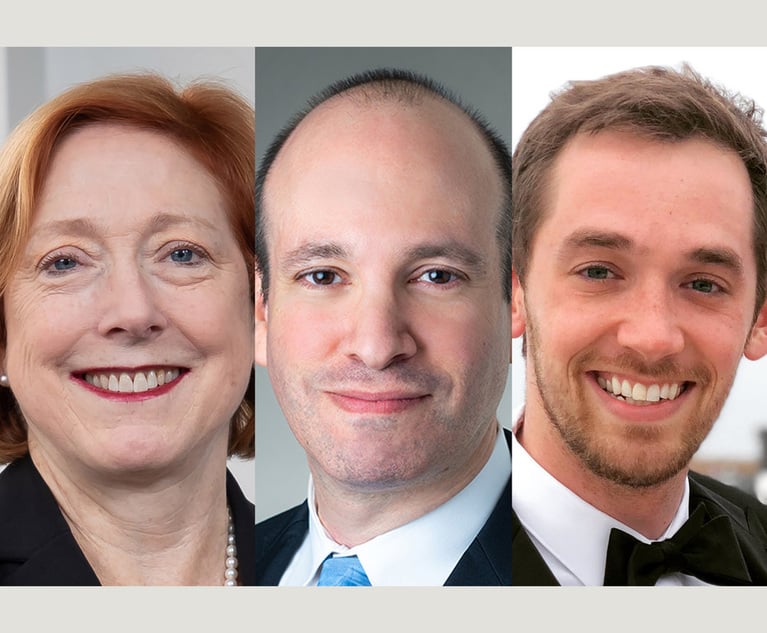
Litigators of the Week: Shortly After Name Partner Kathleen Sullivan’s Retirement, Quinn Emanuel Scores Appellate Win for Vimeo
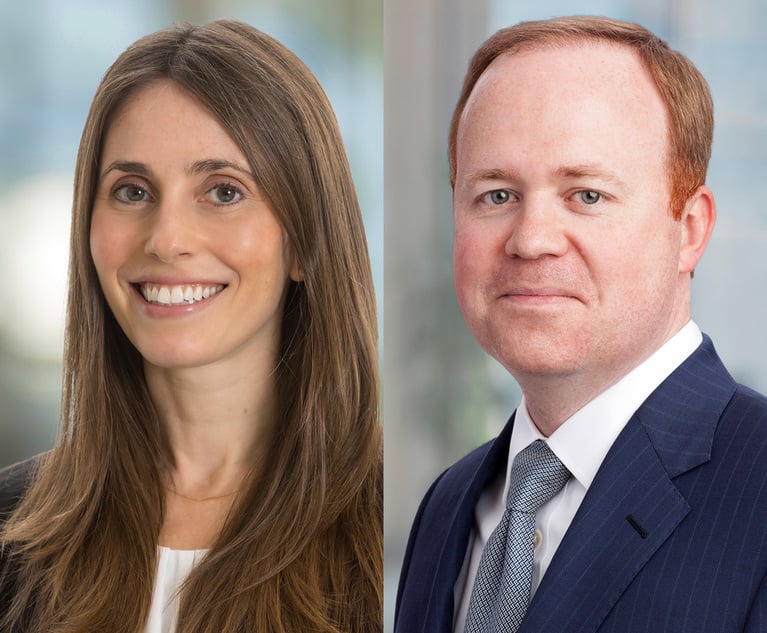
Litigators of the Week: A Knockout Blow to Latest FCC Net Neutrality Rules After ‘Loper Bright’

How Kramer Levin's Patent Trial Team Approaches Teaching Tech to Juries

Litigators of the Week: Kirkland Fends Off Antitrust Claims for Thomson Reuters Against AI-Backed Start-Up
Trending Stories
- 1Perkins Coie Lures Former Longtime Wilson Sonsini Tech Transactions Partner
- 2‘The Decision Will Help Others’: NJ Supreme Court Reverses Appellate Div. in OPRA Claim Over Body-Worn Camera Footage
- 3MoFo Associate Sees a Familiar Face During Her First Appellate Argument: Justice Breyer
- 4Antitrust in Trump 2.0: Expect Gap Filling from State Attorneys General
- 5People in the News—Jan. 22, 2025—Knox McLaughlin, Saxton & Stump
Who Got The Work
J. Brugh Lower of Gibbons has entered an appearance for industrial equipment supplier Devco Corporation in a pending trademark infringement lawsuit. The suit, accusing the defendant of selling knock-off Graco products, was filed Dec. 18 in New Jersey District Court by Rivkin Radler on behalf of Graco Inc. and Graco Minnesota. The case, assigned to U.S. District Judge Zahid N. Quraishi, is 3:24-cv-11294, Graco Inc. et al v. Devco Corporation.
Who Got The Work
Rebecca Maller-Stein and Kent A. Yalowitz of Arnold & Porter Kaye Scholer have entered their appearances for Hanaco Venture Capital and its executives, Lior Prosor and David Frankel, in a pending securities lawsuit. The action, filed on Dec. 24 in New York Southern District Court by Zell, Aron & Co. on behalf of Goldeneye Advisors, accuses the defendants of negligently and fraudulently managing the plaintiff's $1 million investment. The case, assigned to U.S. District Judge Vernon S. Broderick, is 1:24-cv-09918, Goldeneye Advisors, LLC v. Hanaco Venture Capital, Ltd. et al.
Who Got The Work
Attorneys from A&O Shearman has stepped in as defense counsel for Toronto-Dominion Bank and other defendants in a pending securities class action. The suit, filed Dec. 11 in New York Southern District Court by Bleichmar Fonti & Auld, accuses the defendants of concealing the bank's 'pervasive' deficiencies in regards to its compliance with the Bank Secrecy Act and the quality of its anti-money laundering controls. The case, assigned to U.S. District Judge Arun Subramanian, is 1:24-cv-09445, Gonzalez v. The Toronto-Dominion Bank et al.
Who Got The Work
Crown Castle International, a Pennsylvania company providing shared communications infrastructure, has turned to Luke D. Wolf of Gordon Rees Scully Mansukhani to fend off a pending breach-of-contract lawsuit. The court action, filed Nov. 25 in Michigan Eastern District Court by Hooper Hathaway PC on behalf of The Town Residences LLC, accuses Crown Castle of failing to transfer approximately $30,000 in utility payments from T-Mobile in breach of a roof-top lease and assignment agreement. The case, assigned to U.S. District Judge Susan K. Declercq, is 2:24-cv-13131, The Town Residences LLC v. T-Mobile US, Inc. et al.
Who Got The Work
Wilfred P. Coronato and Daniel M. Schwartz of McCarter & English have stepped in as defense counsel to Electrolux Home Products Inc. in a pending product liability lawsuit. The court action, filed Nov. 26 in New York Eastern District Court by Poulos Lopiccolo PC and Nagel Rice LLP on behalf of David Stern, alleges that the defendant's refrigerators’ drawers and shelving repeatedly break and fall apart within months after purchase. The case, assigned to U.S. District Judge Joan M. Azrack, is 2:24-cv-08204, Stern v. Electrolux Home Products, Inc.
Featured Firms
Law Offices of Gary Martin Hays & Associates, P.C.
(470) 294-1674
Law Offices of Mark E. Salomone
(857) 444-6468
Smith & Hassler
(713) 739-1250






